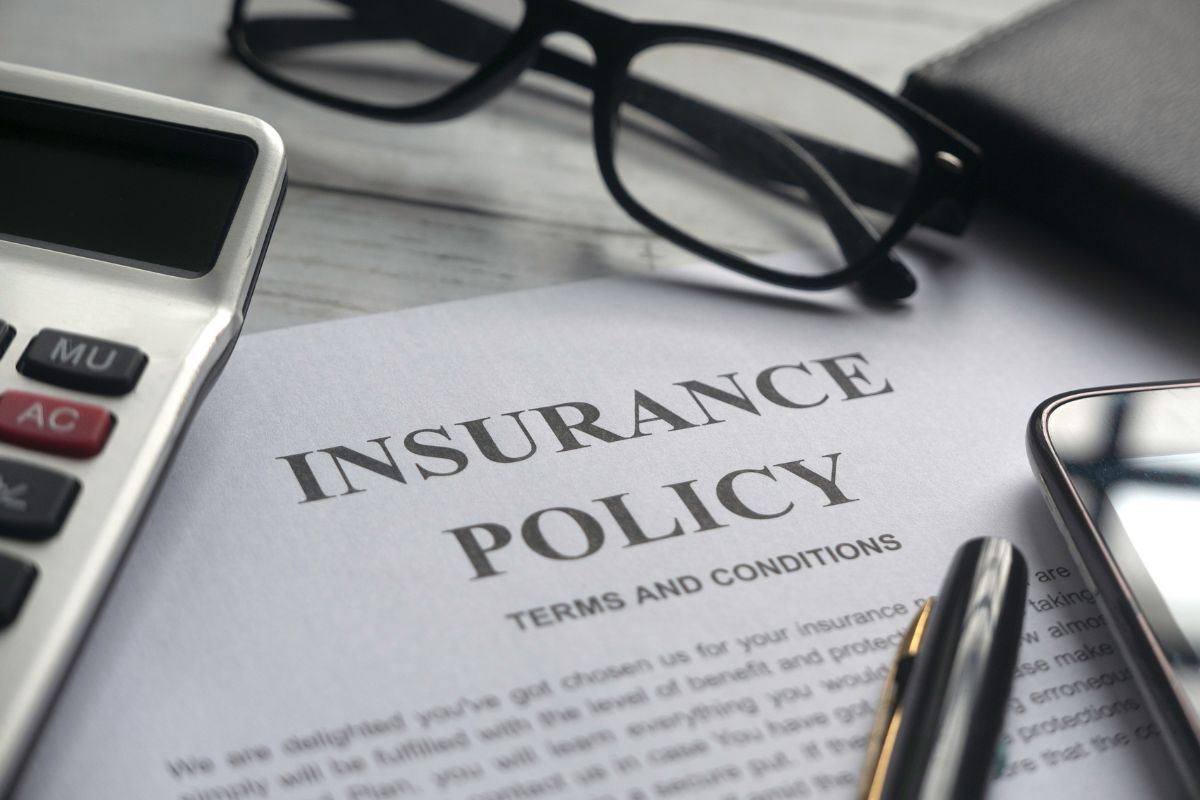How Long Does an Insurance Company Have to Investigate a Claim in Florida?

At Goldman Tiseo Sturges, P.A., understanding the concerns of our neighbors in Port Charlotte, Punta Gorda, Englewood, and North Port is at the heart of what we do. We've noticed that a common concern among Floridians dealing with insurance claims is the time it takes for an investigation to conclude. It’s a pivotal period, filled with uncertainty, where the right guidance can make all the difference.
Florida’s Insurance Investigation Timeline: What You Need to Know
For those navigating the aftermath of an accident, timing is critical. In Florida, the law mandates personal injury protection (PIP) for all drivers, a coverage meant to ensure medical bills and lost wages are covered to a degree, regardless of who's at fault. But what happens when the claim seems to linger in limbo?
Investigation Periods Defined:
While PIP claims necessitate action within 30 days, the breadth of insurance claims—from automobile accidents to wrongful death—often fall under the "reasonable amount of time" category. This lack of specificity can be frustrating, yet it's where a dedicated legal team becomes indispensable.
Taking the Next Step
If you're facing delays in your insurance claim or simply seeking guidance on how to proceed, Goldman Tiseo Sturges, P.A. is here to illuminate your path forward. With our comprehensive understanding of Florida insurance laws and a personalized approach to legal representation, we strive to streamline your experience, aiming for the resolution you deserve.
For a free personal injury consultation, reach out at 941-625-6666. Let's navigate the complexities of your insurance claim together, ensuring justice and peace for you and your family.
Share This Post:






